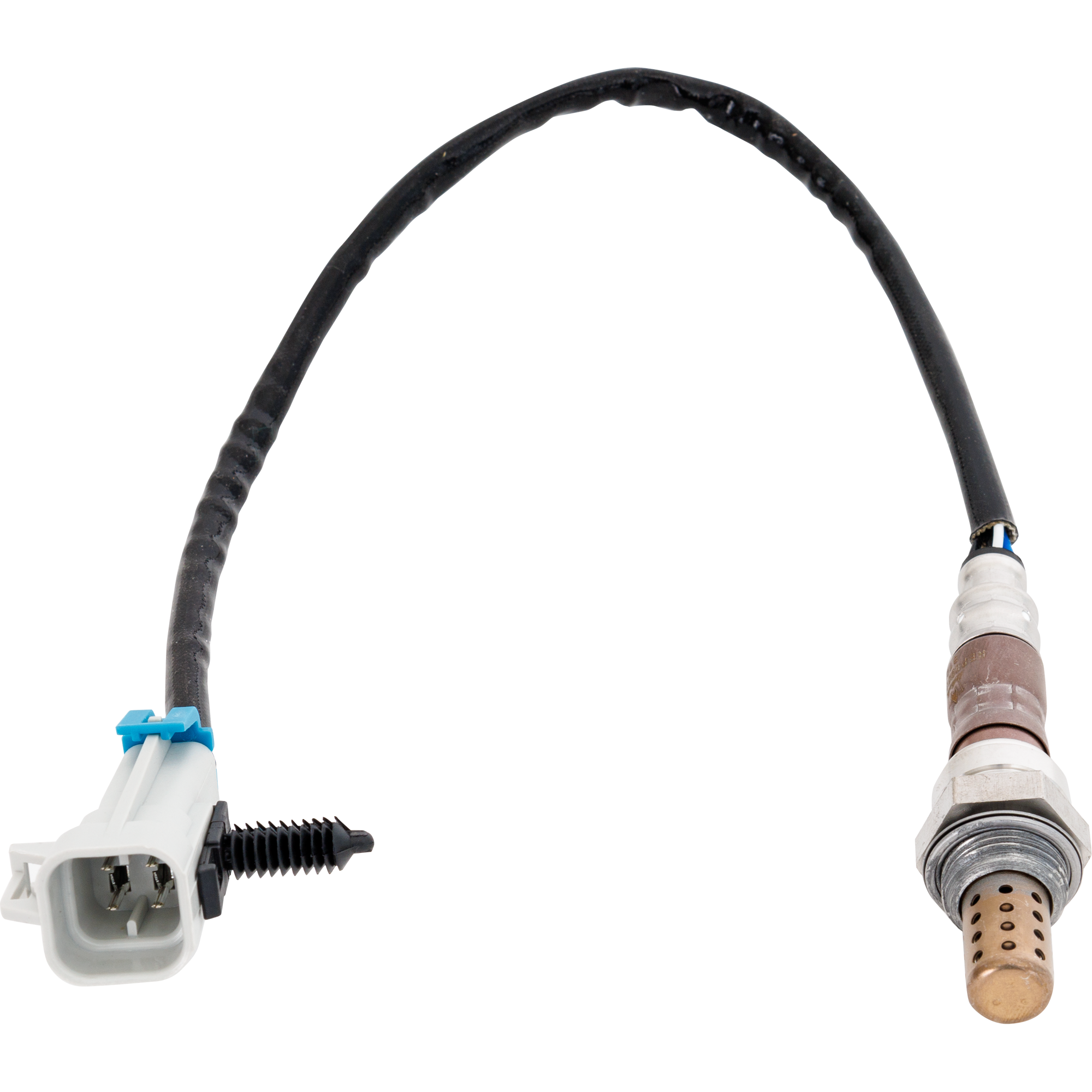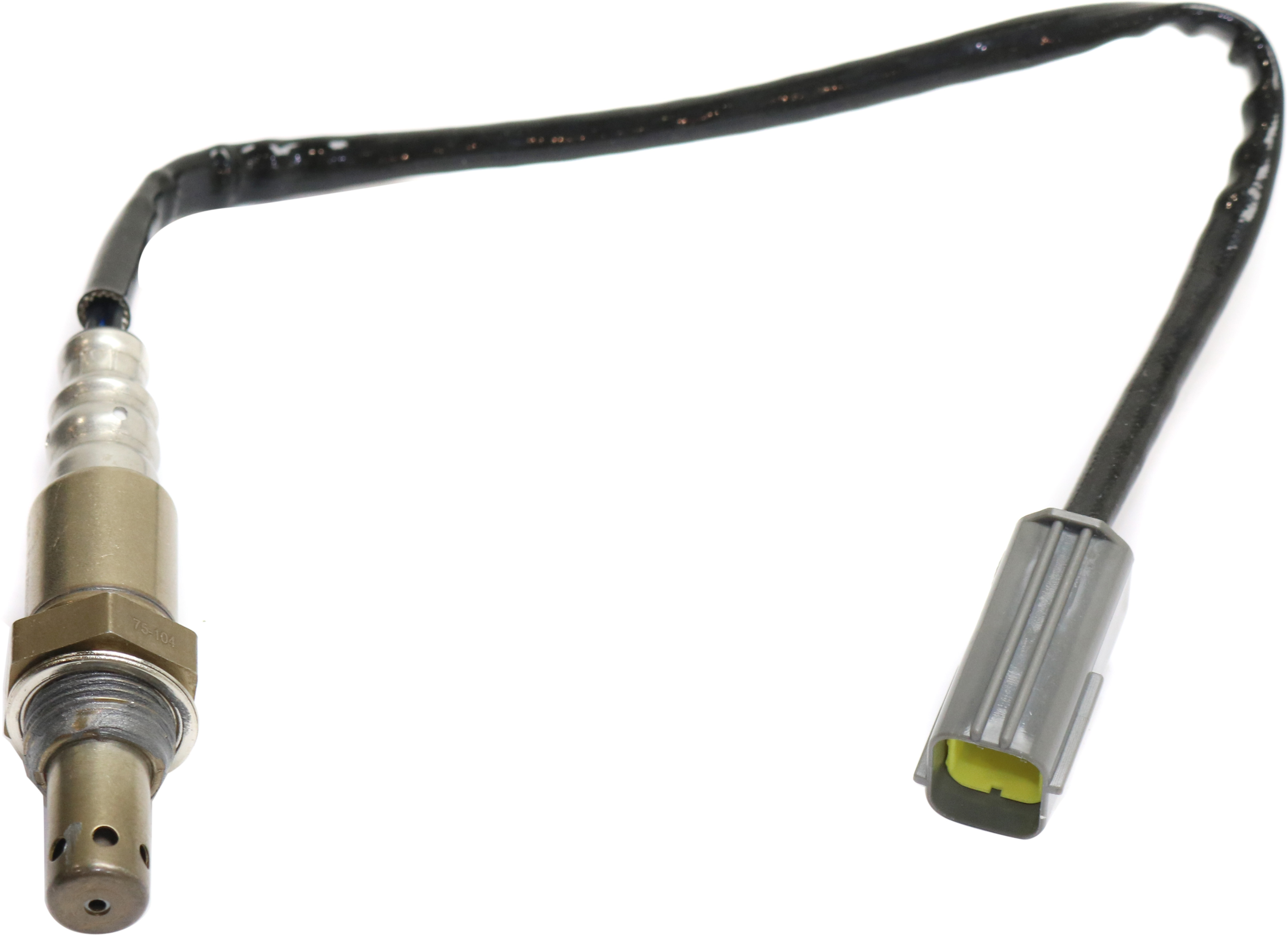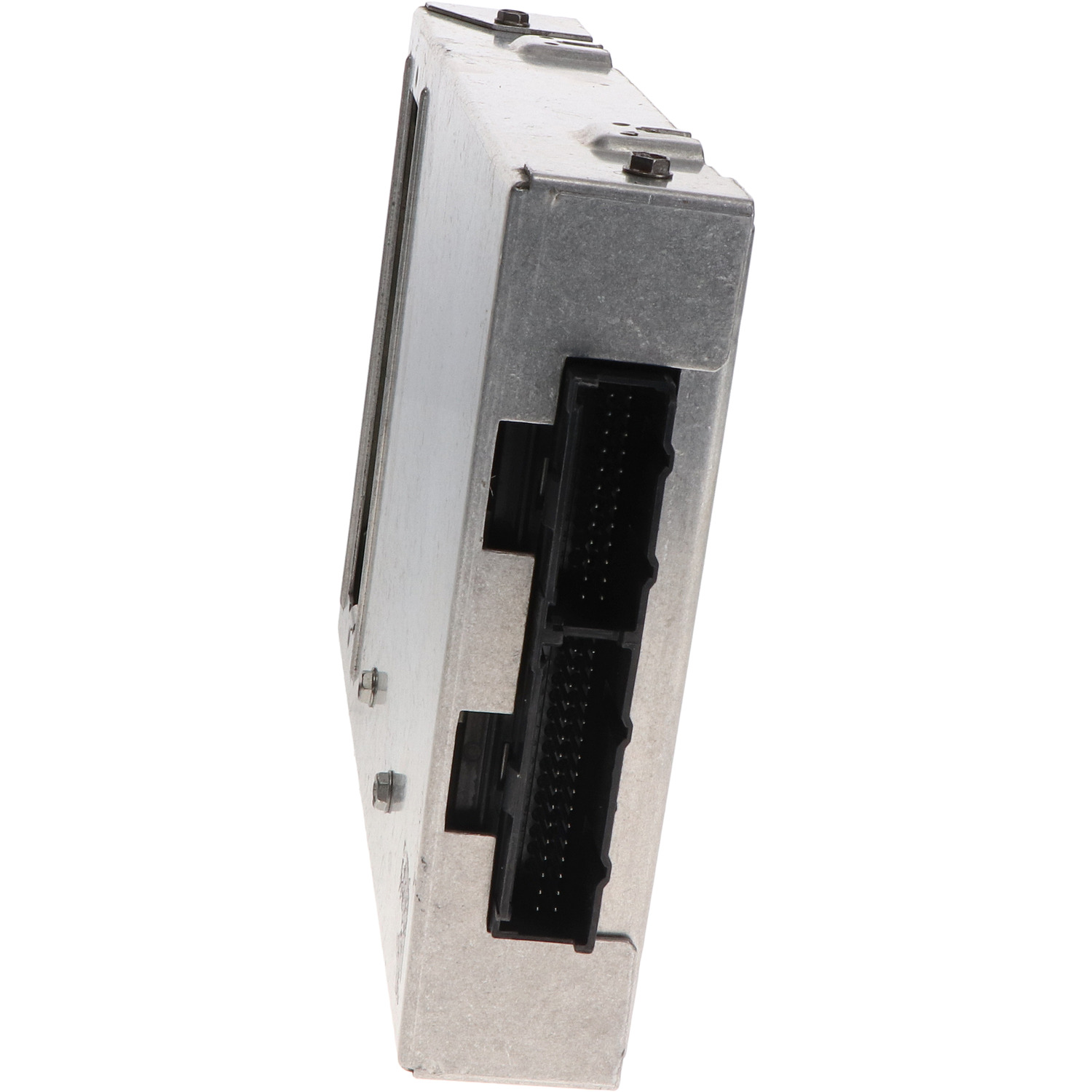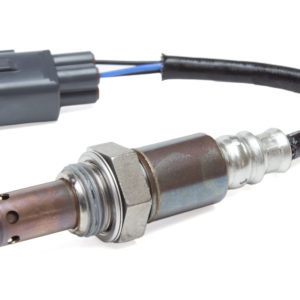The P0157 code refers to a potential problem with the #2 sensor on Bank 2 or its circuit. This code applies to the downstream oxygen sensor located right behind the catalytic converter. If your OBD-II scanner registers this code, you can either let your mechanic handle it or address the issue yourself.
Read on to learn about the P0157 code’s meaning, possible causes, common symptoms, and more.
What Does the P0157 Code Mean?
Diagnostic trouble code (DTC) P0157 stands for “Oxygen Sensor Circuit Low Voltage (Bank 2, Sensor 2).” It indicates that the voltage signal from the downstream oxygen sensor has remained below a specific threshold for an extended period.

Diagnostic trouble code (DTC) P0157 stands for “Oxygen Sensor Circuit Low Voltage (Bank 2, Sensor 2).” It indicates that the voltage signal from the downstream oxygen sensor has remained below a specific threshold for an extended period.
The P0157 code is typically triggered when the powertrain control module (PCM) has detected that the oxygen sensor voltage stayed below the expected value for more than preset time. The voltage and timeline may differ between various makes and models.
Unlike upstream oxygen sensors, which relay data needed by the PCM for calculating the optimal air-fuel mix, the main purpose of downstream oxygen sensors is to check the efficiency of the catalytic converter. They achieve this by monitoring the amount of oxygen in the exhaust gases exiting the catalytic converter.
The PCM compares the readings between the upstream and downstream oxygen sensors. If there is little to no difference between the two, it will conclude that the catalytic converter is failing.
The downstream oxygen sensors should produce a steady voltage within a specified range to show that the catalytic converter is doing its job. If the signal from the O2 sensor circuit is low and falls below this range, the P0157 code is set.
If you want to fix P0157 yourself, a more technical understanding of how the downstream oxygen sensor can trigger OBD codes can help you come up with a proper solution.

Note: The definition of code P0157 may be different depending on the vehicle manufacturer. Consult the appropriate repair manual or repair database for the exact code definition.
What are the Possible Causes of the P0157 Code?
- Defective Oxygen Sensor
- Lean running condition
- Defective sensor wiring and/or circuit problem
- Exhaust leaks
- PCM failure

What are the Common Symptoms of the P0157 Code?
The most common symptom of the code P0157 is an illuminated check engine light.
This trouble code usually does not present any observable or adverse symptoms except for an illuminated Check Engine Light. This is because the downstream oxygen sensor only measures the efficiency of the catalytic converter.
How to Diagnose the P0157 Code
To resolve the P0157 code, you need to determine its exact cause, which can prove challenging. If you are not confident with your DIY automotive repair skills, it’s best to leave the task to your mechanic. Otherwise, you can track down the code and determine what’s causing it by performing some diagnostic steps.
Need more guidance to help you diagnose the P0157 code? Watch this helpful video:
How to Fix the P0157 Code
Once you’ve determined what triggered the P0157 code, figure out how to resolve it using online auto repair resources and guides.
Keep in mind that the solution varies based not only on the code’s cause but also on the vehicle’s make and model, so research confirmed fixes for P0157 that are specific to your car. Consult your owner’s manual before attempting repairs.
Get a Replacement O2 Sensor That Fits Your Car
Just because you can still drive around with a defective O2 sensor doesn’t mean you should. Driving with a damaged O2 sensor is a recipe for disaster: your engine can misfire, your fuel economy can worsen, and your catalytic converter can get clogged with excess fuel. These can all lead to some pretty pricey repairs, so it’s best to face the issue head-on. Luckily, getting a new O2 sensor that fits your car is fast and easy with CarParts.com.
CarParts.com offers a wide selection of oxygen sensors at different price points, so you can find something that fits your vehicle and your budget. Thanks to our strategically located warehouses around the US, you can also expect to receive your new O2 sensor in as fast as two business days. Just be sure to order before 12 p.m. ET.
Don’t wait until your O2 sensor starts wreaking havoc on your engine. Get a brand-new oxygen sensor from CarParts.com today.
Products Mentioned in this Guide
Shop this Project




Any information provided on this Website is for informational purposes only and is not intended to replace consultation with a professional mechanic. The accuracy and timeliness of the information may change from the time of publication.


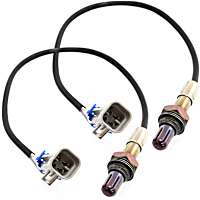 Oxygen Sensor
Oxygen Sensor
 Catalytic Converter
Catalytic Converter
 Engine Control Module
Engine Control Module
